In February 2023, the World Stroke Organization (WSO) published a systematic review of all stroke guidelines, extracted strong recommendations related to acute care, secondary prevention, and rehabilitation/life after stroke, aligned these with the resource settings (Minimal, Essential, and Advanced stroke centers), and established metrics for stroke services to measure their quality.
This work required a review of 200 guidelines published since 2011 by the guideline committee led by Gillian Mead and Alejandro Rabinstein. Furthermore, shortly after the publication of these guidelines, major new trials emerged that are practice-changing, meaning some aspects of the guidelines are already outdated. Clinical trials typically require one to two years to influence evidence-based recommendations and subsequently change clinical practice. To serve the stroke community effectively, it is vital to keep the guidelines updated and to ensure prompt access to stroke services worldwide as new evidence emerges.
The World Stroke Organization developed Online Guidelines to bridge the gap between published knowledge from clinical trials and their implementation. Our team of highly skilled professionals unifies the expertise of researchers, stroke specialists, methodologists, patients, and patient associations, working to build knowledge and drive changes in international guidelines.
The WSO Online Guidelines will update the WSO synthesis of global stroke guidelines published in 2023 and begin with the Acute Management of Hemorrhagic Stroke, which has introduced significant advancements over the past 24 to 48 months and presents a substantial burden, particularly in low- and middle-income countries.
We aim to implement it in practice as quickly as possible, including a virtual teaching course already available on the World Stroke Academy Platform (https://www.world-stroke-academy.org/courses/wso-wsa-educational-program-for-stroke-centers-hemorrhagic-stroke-module/). Recommendations will be categorized according to the type of service defined by the World Stroke Organization’s Roadmap—Minimal, Essential, and Advanced services—making it easier to implement the guidelines anywhere in the world.
Definition of stroke service delivery model
Minimal Service
Stroke care delivery is based at a local clinic staffed predominantly by non-physicians; laboratory tests and diagnostic studies are scarce; and much of the emphasis is placed on bedside clinical skills, teaching, and prevention

Essential Stroke Center
Access to a CT scan, physicians, and the potential for acute thrombolytic therapy; however, stroke expertise may still be difficult to access

Advanced Stroke Center
Multidisciplinary stroke expertise, multimodal imaging, and comprehensive therapies are available including endovascular thrombectomy
For a complete structure recommended for each type of stroke service go to the
WSO Roadmap for Quality Stroke Services.
Methodology
Every four months, searches using ‘stroke’ and ‘Randomized Clinical Trial’ (RCT) and ‘meta-analysis’ filters in the major databases for will be done in partnership with the Australian Stroke Living Guidelines. The abstracts will be reviewed by members of the Future Stroke Leaders, or by invited participants trained for this project. All relevant studies will undergo full-text review by the WSO team of experts from the Guidelines and Education Committee, who will extract data. They are divided into three groups: acute, secondary prevention, and rehabilitation. Two committee members should review each full text independently and decide whether to include it in the guidelines. If inclusion occurs, these two members will agree on how to word the new recommendations and determine the necessary level of resources for implementation (including which of the three levels of stroke centers applies and whether it should accompany a change or addition of a metric).
An online vote will then be conducted with all committee members and invited experts from WSO, depending on the topic.
The options will be: a) include the new recommendation as it is currently worded, b) include the new recommendation but with changes to the wording, c) The new recommendation is unnecessary.
Recommendations Method
The WSO online guidelines employ the GRADE Method (Grading of Recommendations Assessment, Development, and Evaluation), which balances benefits and harms, patient values, and resource considerations. This method is a widely recognized approach for evaluating the quality of evidence and the strength of recommendations in clinical guidelines.
According to the GRADE framework, the quality of evidence is classified into four levels: high, moderate, low, and very low. This classification depends on various factors, including study design, risk of bias, inconsistency, indirectness, imprecision, and publication bias. These categories reflect the degree of confidence that the estimated effect is close to the true effect.
RCTs typically start as high-quality evidence, while observational studies start as low-quality evidence. However, the quality can be downgraded or upgraded based on specific criteria.
The quality of evidence can be downgraded due to:
- Risk of Bias: Concerns about the methodological quality of the studies.
- Inconsistency: Variability in results across studies.
- Indirectness: Differences between the study population, intervention, comparator, or outcomes and those of interest.
- Imprecision: Wide confidence intervals or small sample sizes.
- Publication Bias: The selective publication of studies with positive results.
Observational studies can be upgraded if they demonstrate a large effect size, a dose-response gradient, or if all plausible confounding would reduce the demonstrated effect.
High Quality
This suggests that additional research is very unlikely to alter confidence in the estimate of the effect. The evidence comes from well-conducted randomized controlled trials (RCTs). The true effect is anticipated to be close to the estimate of the effect.
Moderate Quality
This suggests that further research may significantly impact confidence in the estimate of the effect and potentially alter the estimate. This level of evidence typically originates from RCTs with some limitations or from well-conducted observational studies. There is moderate confidence that the true effect is close to the estimate, but there is a chance that it is substantially different.
Low Quality
This level indicates that further research is likely to significantly impact confidence in the estimate of the effect and may alter the estimate. The evidence might stem from RCTs with serious limitations or from observational studies. The true effect could differ substantially from the estimate of the effect.
Very Low Quality
This suggests that any estimate of effect is very uncertain. The evidence is often from observational studies with serious limitations or from case series/reports. There is very little confidence in the effect estimate, and the true effect is likely to be substantially different from the estimate.
The strength of a recommendation in the GRADE system is classified as either strong or weak. This classification reflects the confidence that the benefits of an intervention outweigh its risks. The recommendation can be in favor or against the intervention.
Strong recommendation
Indicates high confidence in the balance of benefits and harms.
Weak recommendation
Suggests that the balance is less certain.
Guideline for the Management of Hemorrhagic Stroke
Intracerebral hemorrhage (ICH) accounts for up to 36% of all strokes, resulting in more than 3.4 million new cases and approximately 3 million deaths worldwide each year (Feigin et al., 2022; GBD Collaborators, 2024). Recent data indicate that over 68% of all ICH cases occur in individuals under 70 years of age. There is significant variability in ICH prevalence globally, with a higher proportion found in Asia and in low- and middle-income countries (LMIC), where ICH can represent 31% to 40% of the overall stroke burden (O’Donnell et al., 2016; Bernstein et al., 2022; GBD 2021 Collaborators, 2024).
Hemorrhagic stroke is defined as brain damage resulting from the sudden extravasation of blood into the brain parenchyma (intracerebral hemorrhage - ICH) due to the rupture of a weakened cerebral blood vessel. Spontaneous ICH refers to nontraumatic cases that can be classified as primary or secondary. Primary ICH represents the majority of cases and occurs due to spontaneous rupture of small vessels, more frequently secondary to hypertension and cerebral amyloid angiopathy (CAA). Secondary ICH may be due to vascular abnormalities such as arteriovenous malformations, cavernomas, and ruptured intracranial aneurysms.
Acute Management of Hemorrhagic Stroke
Acute Management of Hemorrhagic Stroke: recommendation according to Minimal, Essential and Advanced Stroke Services.
References
Mead GE, Sposato LA, Sampaio Silva G, Yperzeele L, Wu S, Kutlubaev M, Cheyne J, Wahab K, Urrutia VC, Sharma VK, Sylaja PN, Hill K, Steiner T, Liebeskind DS, Rabinstein AA. A systematic review and synthesis of global stroke guidelines on behalf of the World Stroke Organization. Int J Stroke. 2023 Jun;18(5):499-531. doi: 10.1177/17474930231156753. Epub 2023 Mar 1. PMID: 36725717; PMCID: PMC10196933.
GRADE handbook, available at: http://gdt.guidelinedevelopment.org/app/handbook/handbook.html. Assessed December 20, 2025.
Our partners and sponsors
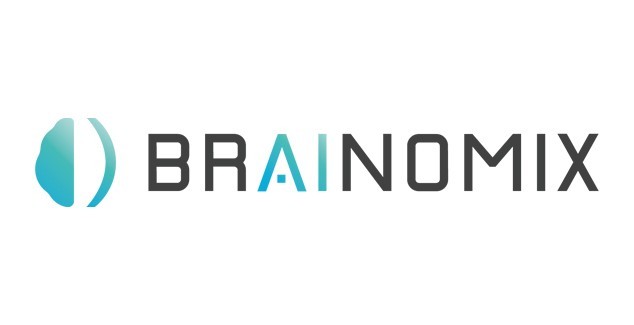 Corporate Supporters
Corporate Supporters
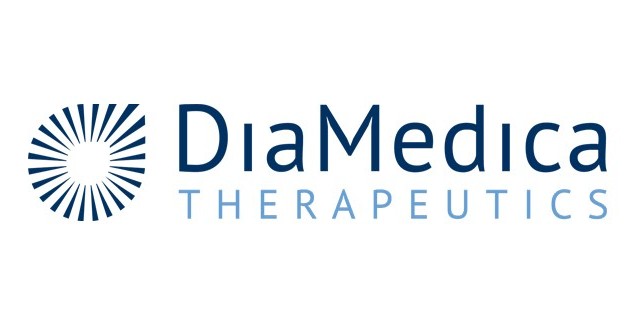 Corporate Supporters
Corporate Supporters
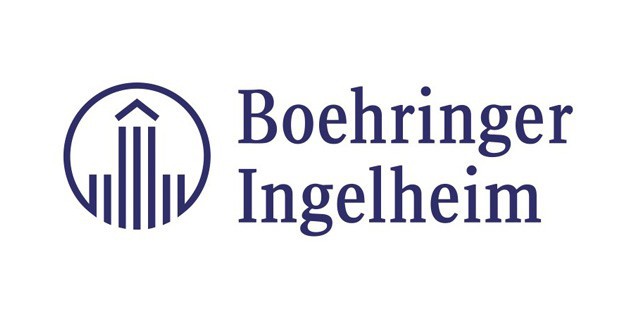 Platinum Plus
Platinum Plus
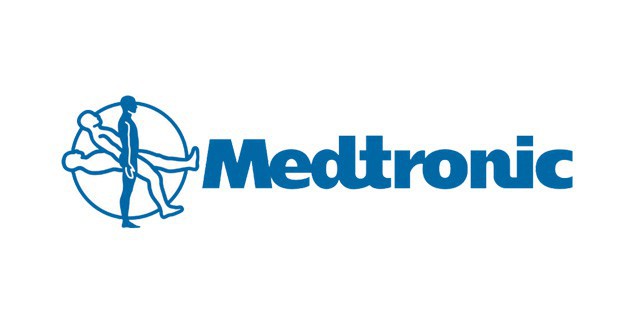 Platinum Plus
Platinum Plus
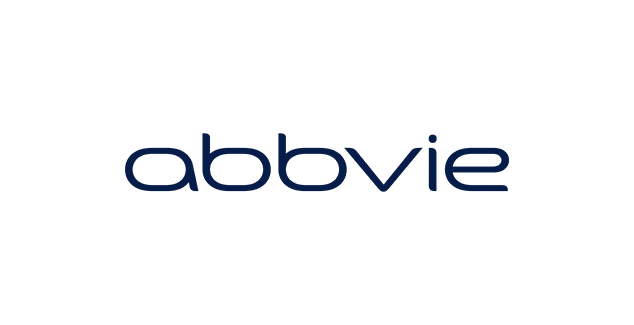 Bronze
Bronze
 Silver
Silver
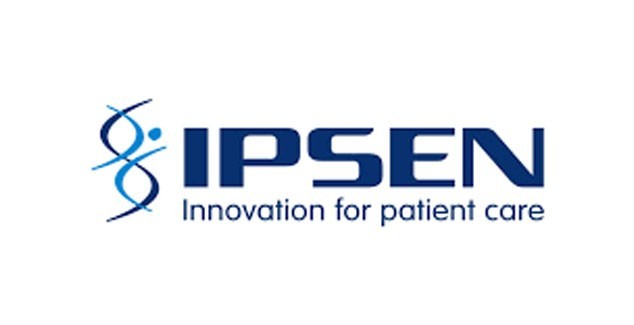 Gold
Gold
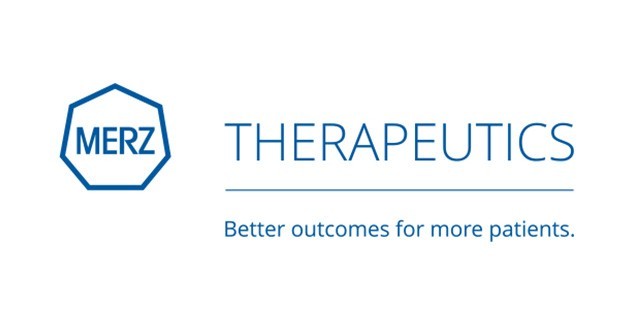 Silver
Silver
 Silver
Silver
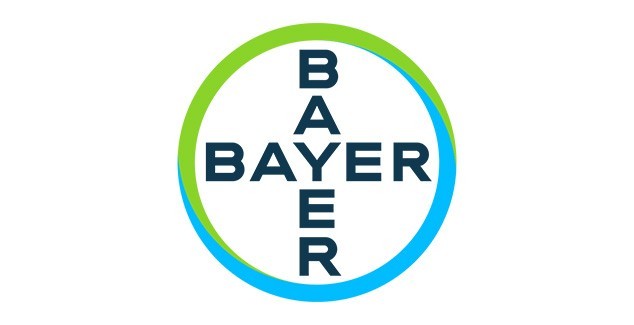 Bronze
Bronze
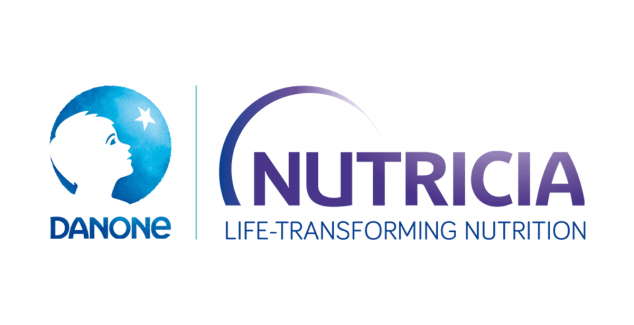 Bronze
Bronze
 Bronze
Bronze
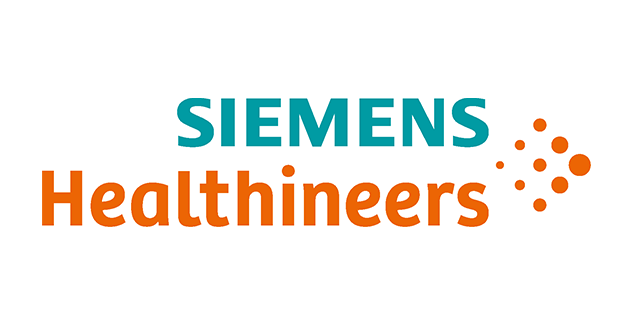 Bronze
Bronze
 Silver
Silver

 Member login
Member login